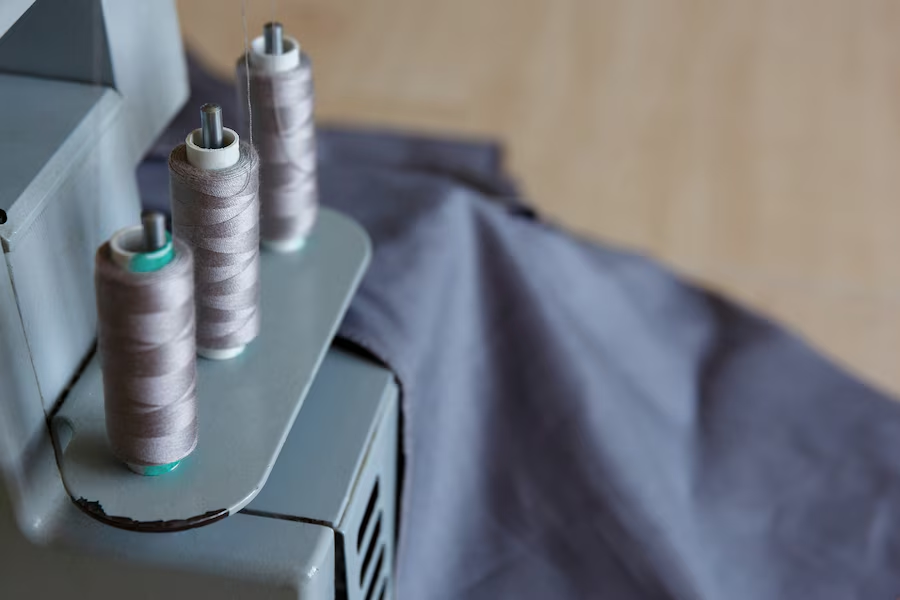When embarking on sewing projects, understanding the width of fabric bolts is crucial for determining yardage requirements, project feasibility, and cost-effectiveness. This article explores the standard widths of fabric bolts, factors influencing width variations, and practical considerations for sewing enthusiasts.
Standard Widths of Fabric Bolts
Common Widths
Fabric bolts typically come in standard widths that cater to various sewing needs:
- 45 inches: One of the most common widths for fabric bolts, especially for cotton and polyester fabrics used in apparel and home décor projects.
- 54 inches: Often found in upholstery fabrics and certain types of apparel fabrics, providing a wider width for larger projects.
- 60 inches: Widely used in quilting cottons and some apparel fabrics, offering extra width for quilts, skirts, and other garments.
Specialty Widths
Some fabrics may come in non-standard widths, such as:
- 36 inches: Occasionally used for narrower fabrics like muslin or certain lightweight cottons.
- 72 inches or more: Found in wide backing fabrics for quilts or specialty textiles used in home furnishings.
Factors Influencing Width Variations
Fabric Type
Different types of fabrics are manufactured with specific width standards based on their intended use and production methods.
Production Processes
Fabric mills and manufacturers determine the width of fabric bolts during the production process, considering efficiency, material costs, and industry standards.
International Standards
Widths can vary slightly between regions and countries, influenced by local manufacturing practices and market preferences.
Practical Considerations for Sewing Projects
Yardage Calculation
Understanding fabric widths helps in accurate yardage calculation for sewing patterns and projects. For example:
- Pattern Requirements: Sewing patterns specify the required fabric width and yardage based on the project’s design and size.
- Efficiency: Choosing the appropriate width minimizes fabric waste and optimizes project costs.
Project Suitability
Selecting the right fabric width ensures suitability for specific projects:
- Apparel: Garments may require narrower or wider fabric widths depending on pattern design and garment construction.
- Home Décor: Upholstery and drapery projects often necessitate wider fabrics for seamless coverage and durability.
Conclusion: How Wide is a Bolt of Fabric
Knowing how wide a bolt of fabric is essential for planning and executing successful sewing projects. Whether you’re creating garments, home décor items, or quilts, understanding fabric widths enables efficient material selection, enhances project outcomes, and supports cost-effective fabric utilization.







